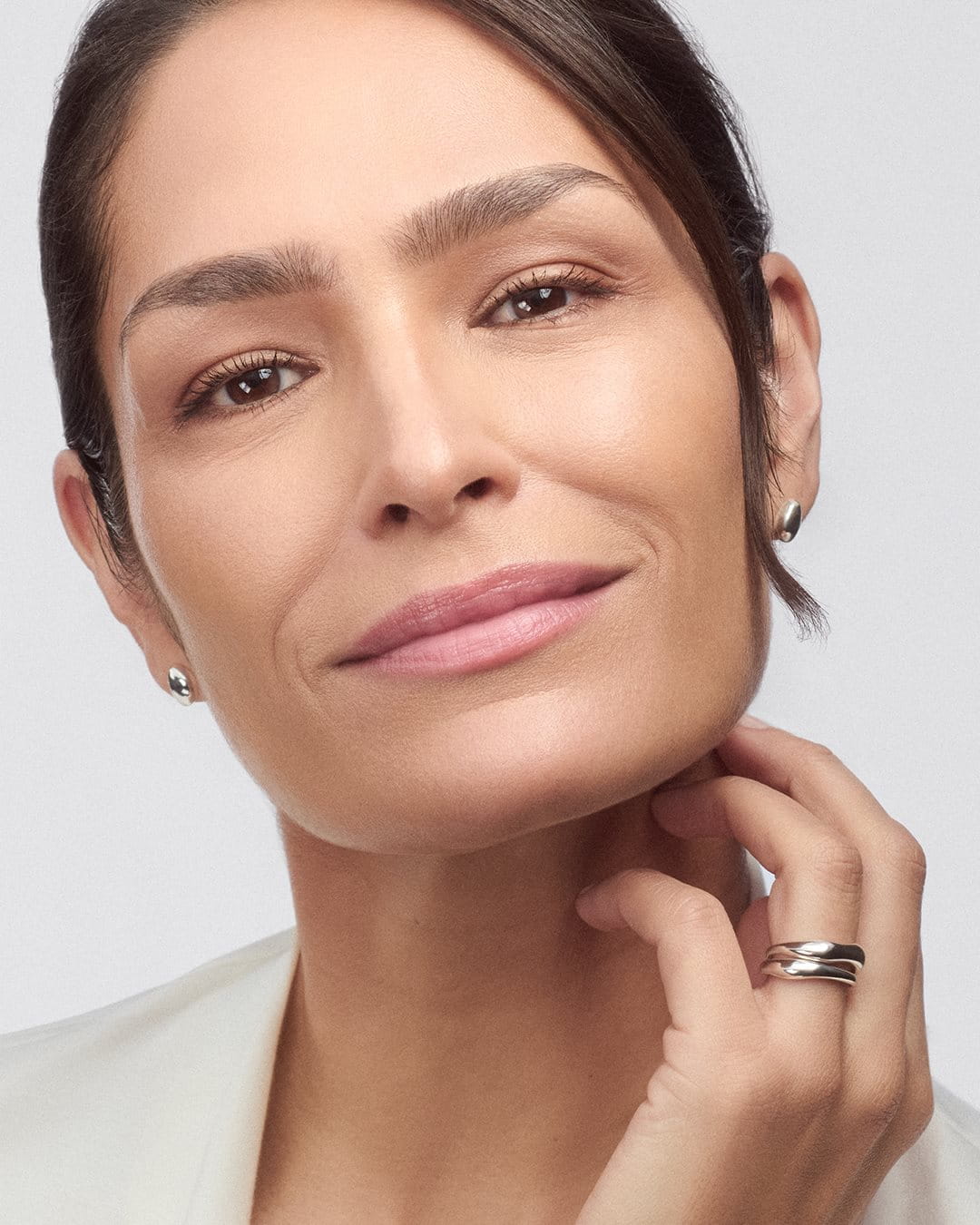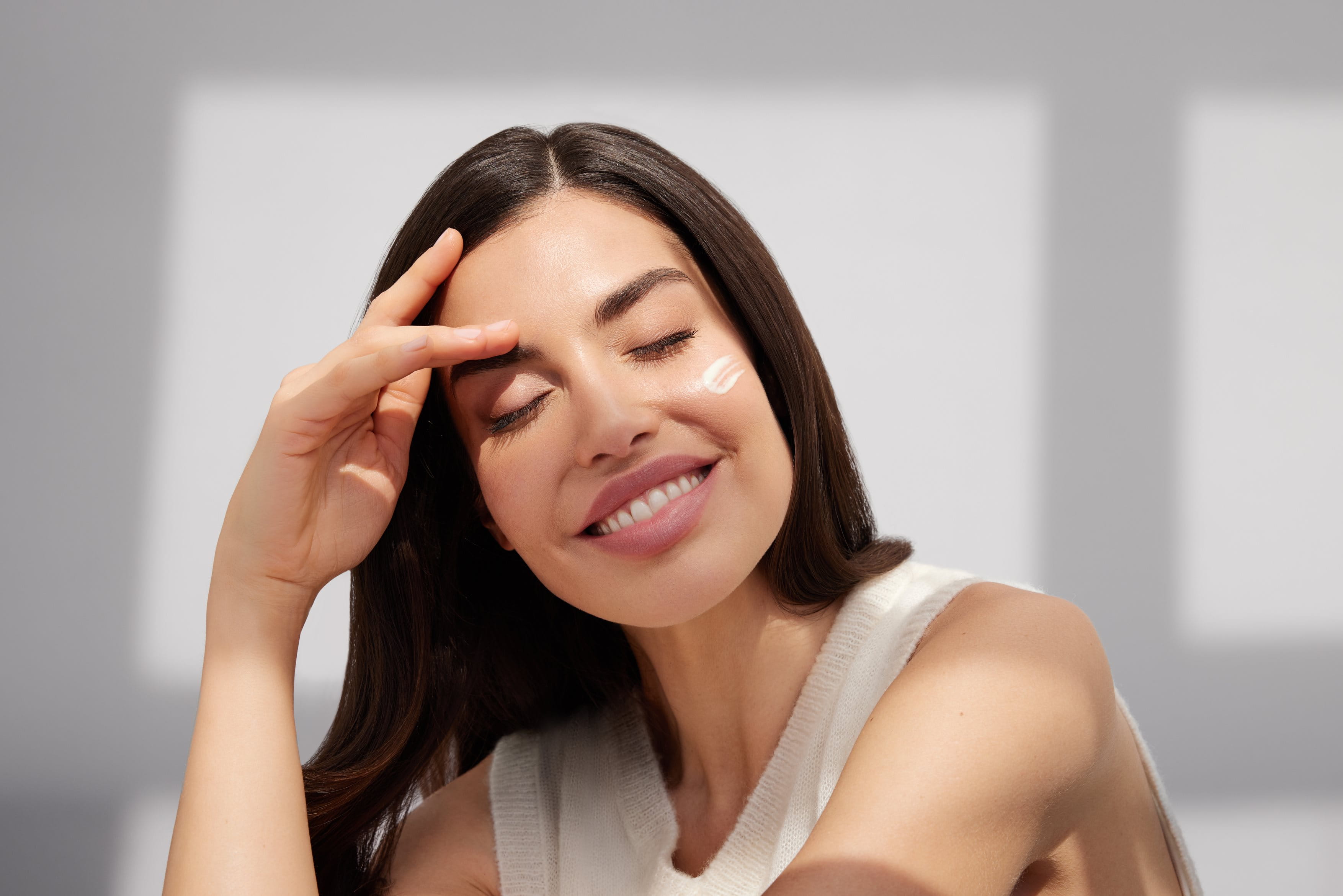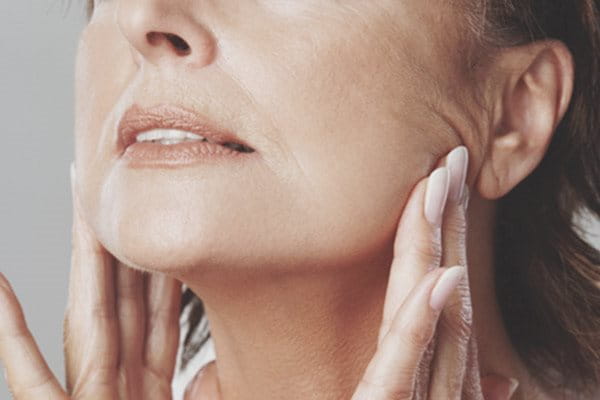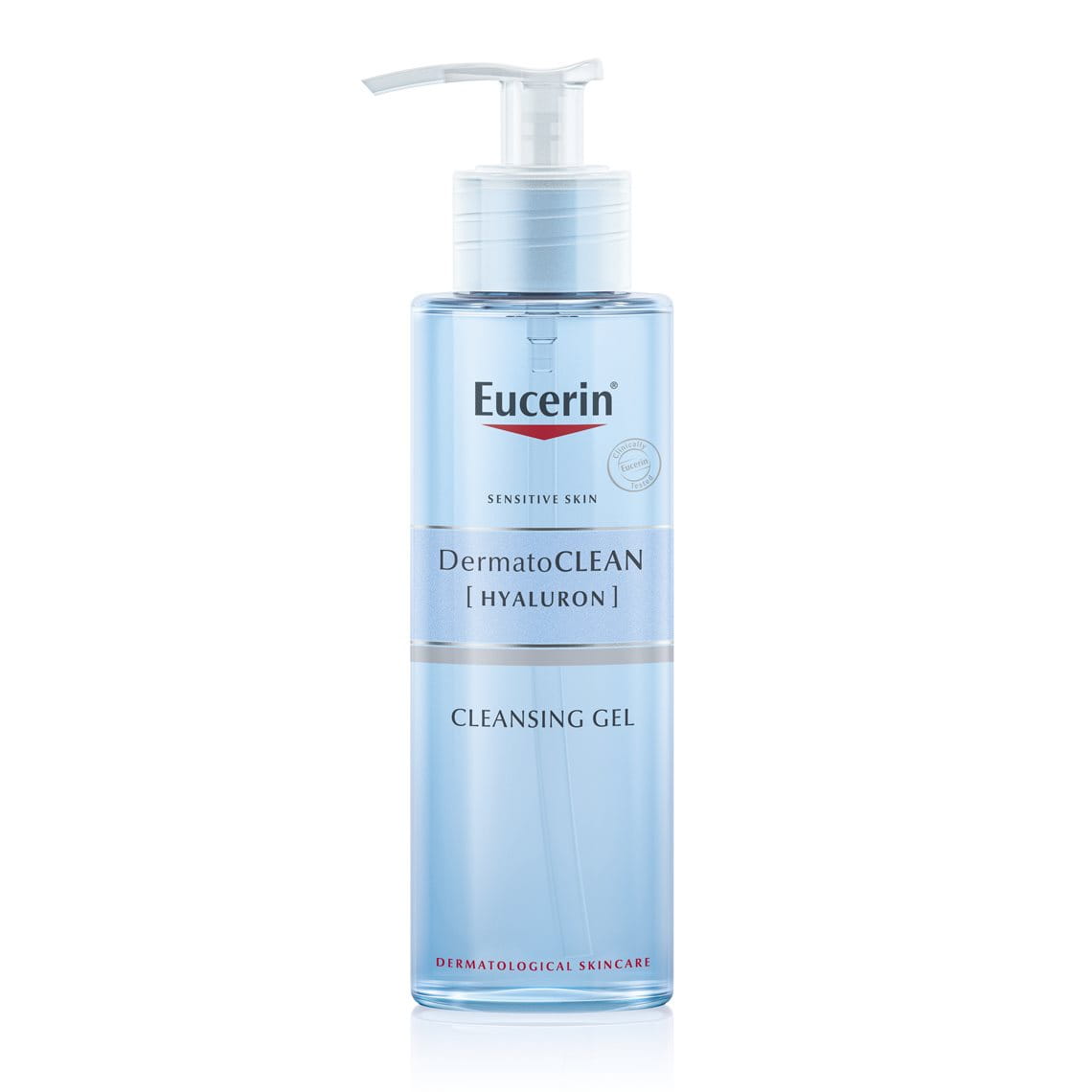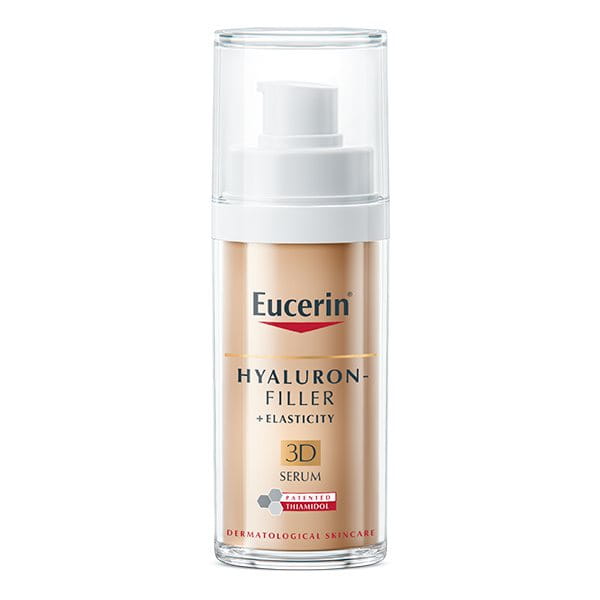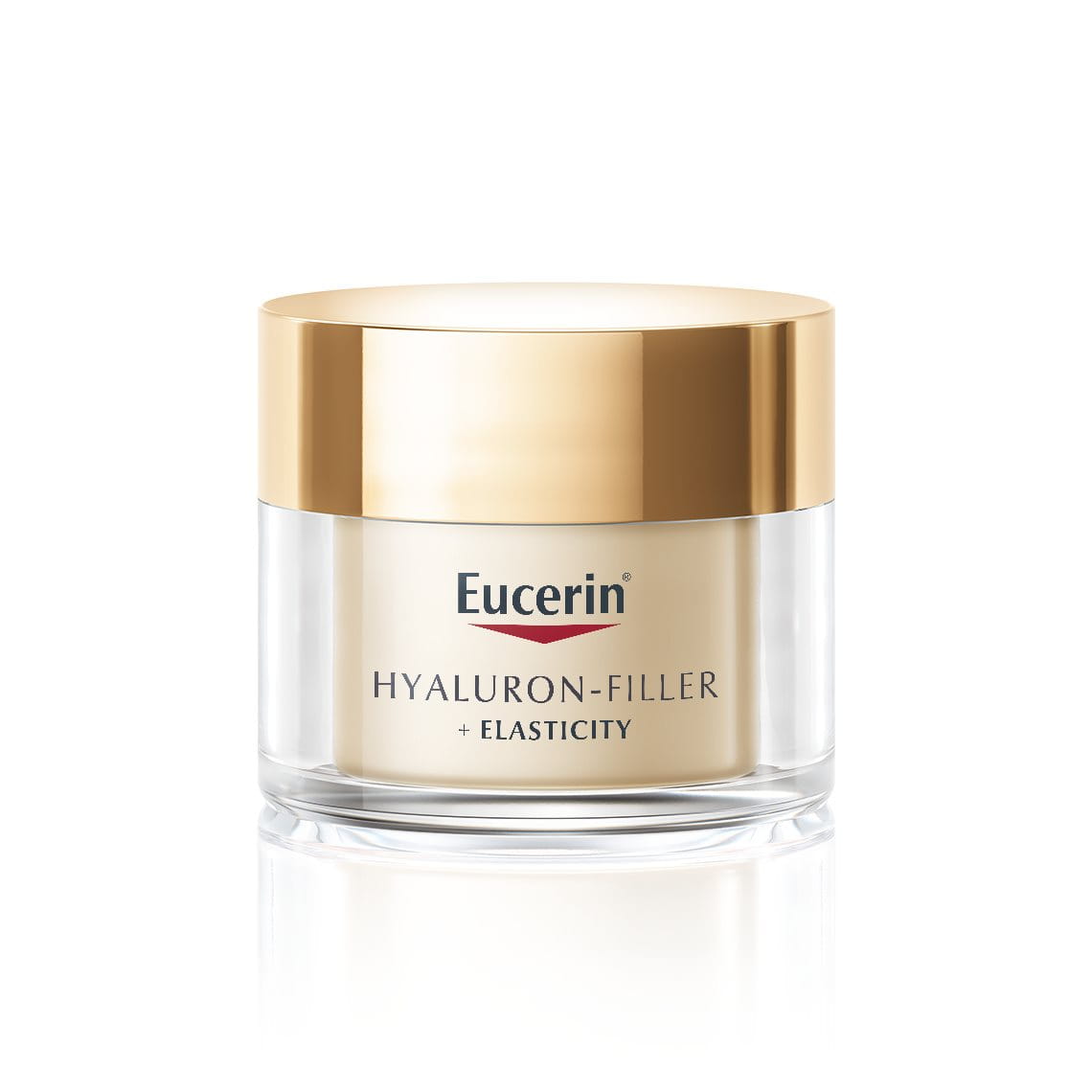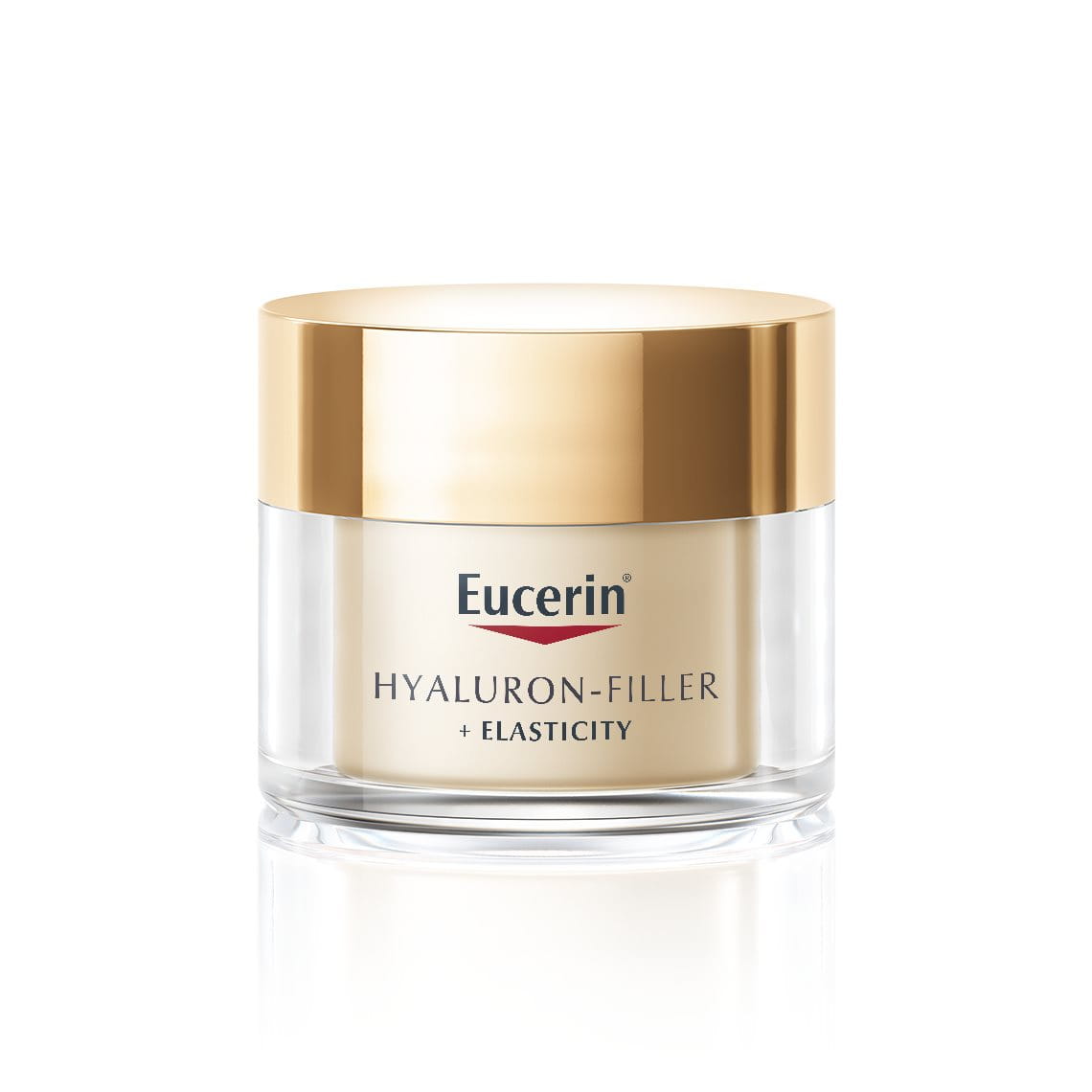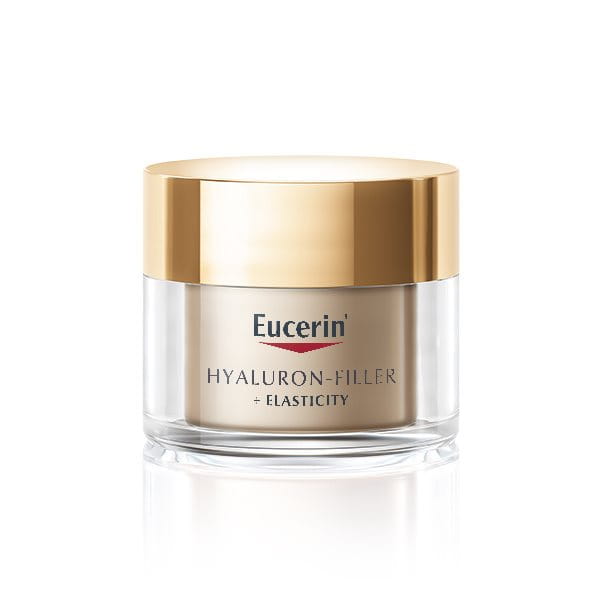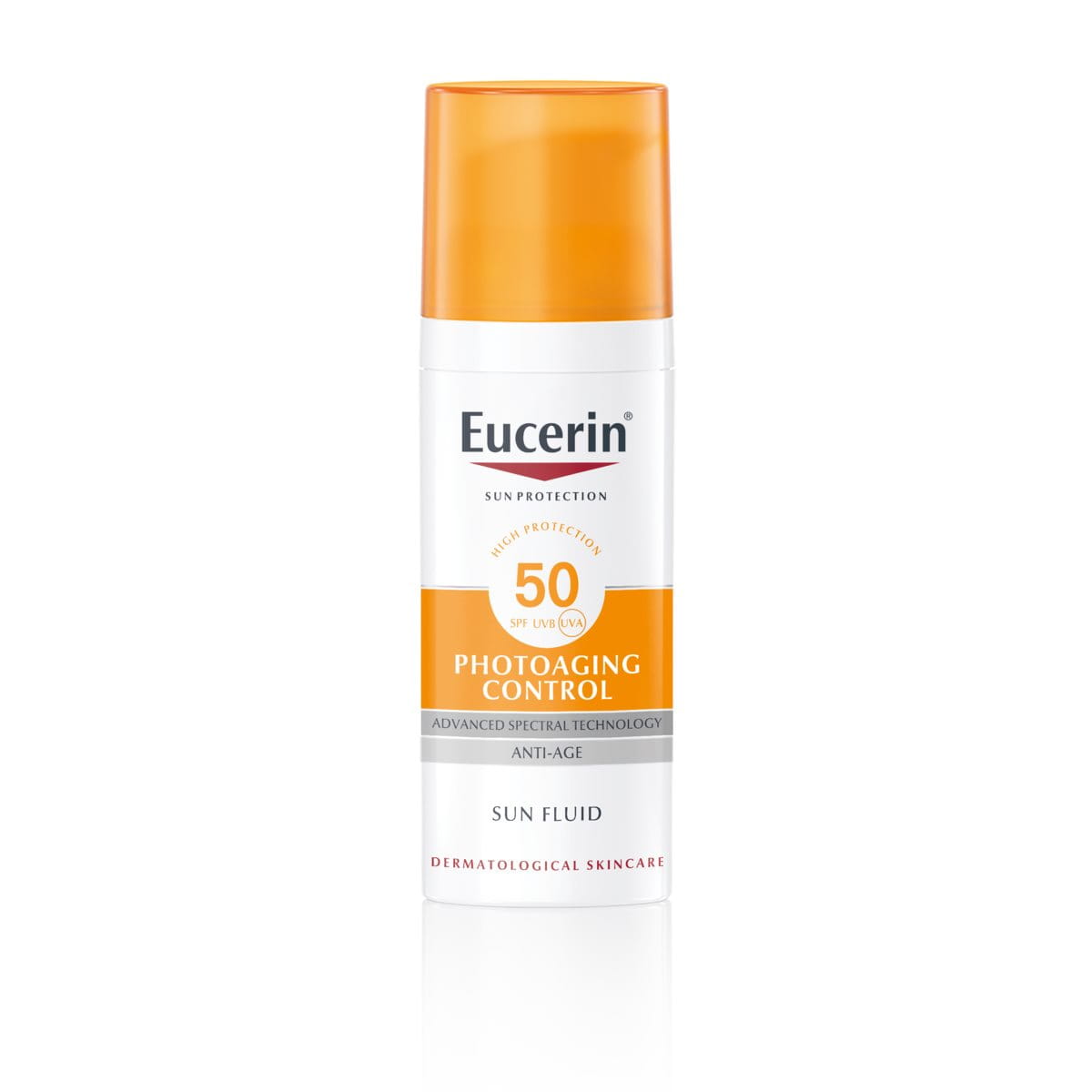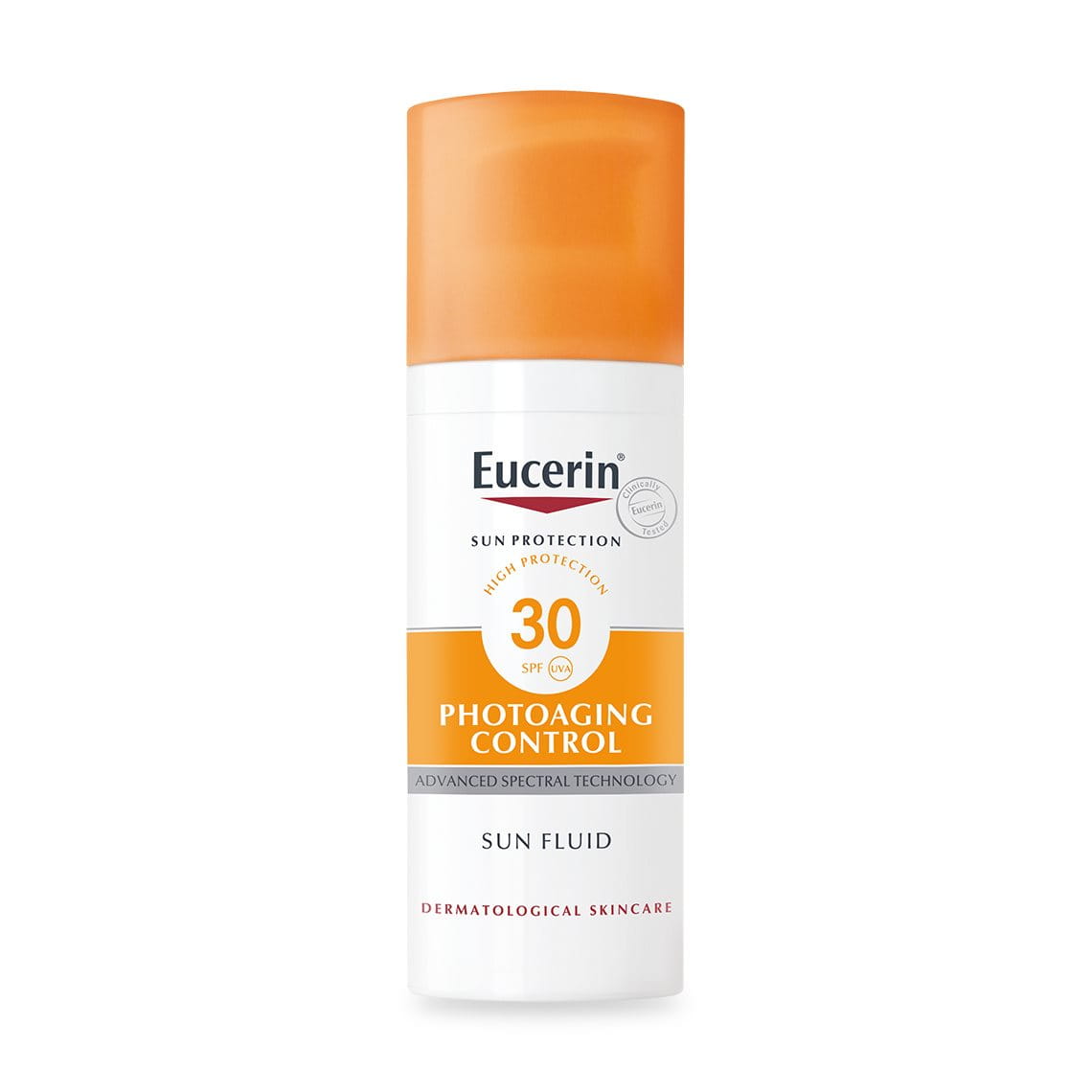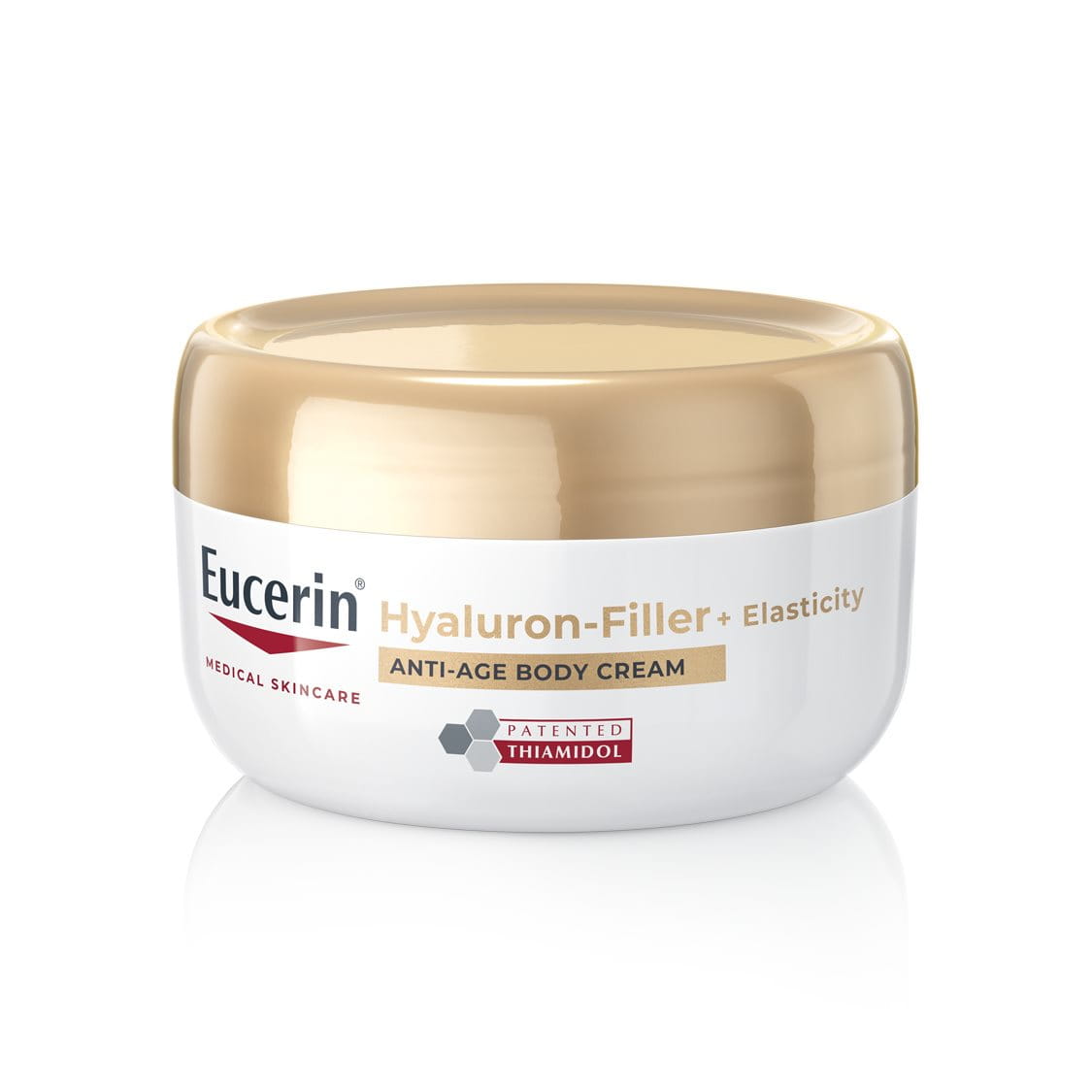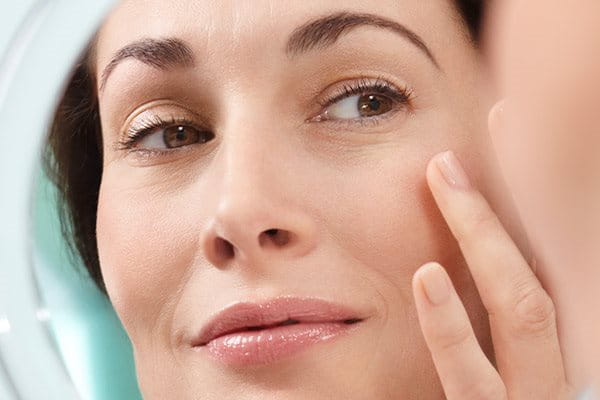Published: June 2022
Last Reviewed: May 2025
As we age, the structure of our skin naturally changes. Over time, our skin often loses elasticity, volume, and firmness, which can lead to a looser, sagging appearance. This can occur in various areas of the body and is usually accompanied by deeper wrinkles, common signs that typically begin to show by our 40s. These changes are caused by a combination of internal ageing processes and external environmental factors.
Read on to discover what sagging skin is, what causes it, and the dermatologically and clinically approved skincare routine to help tighten and firm your skin.





